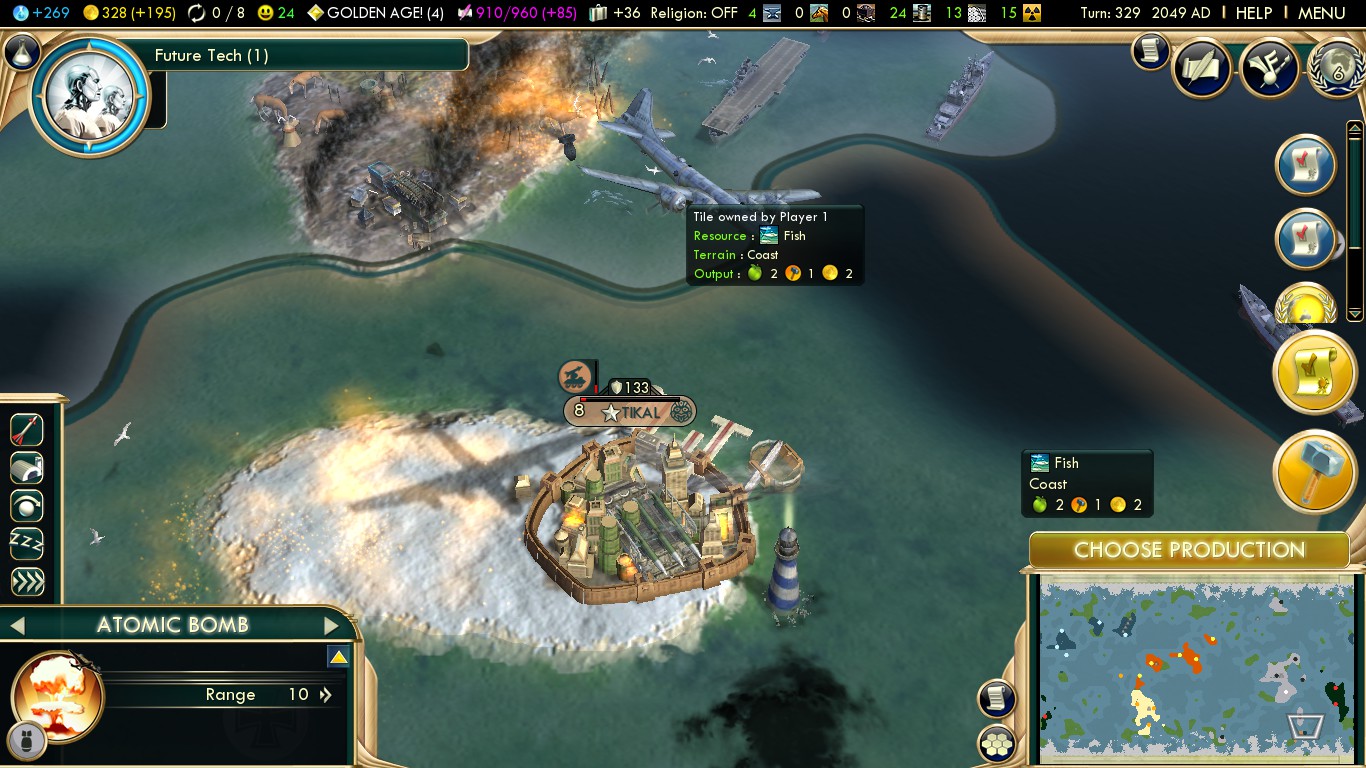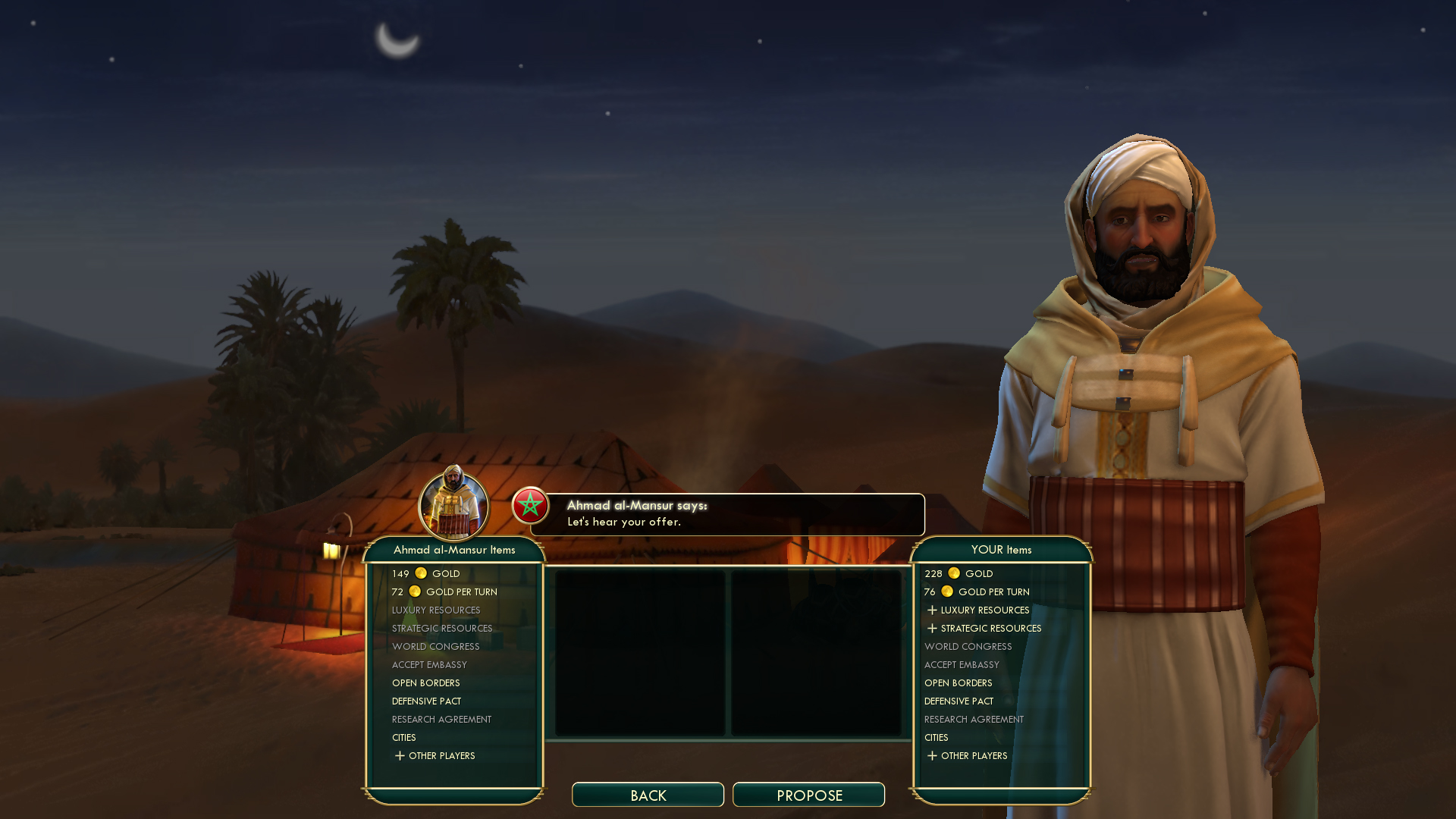
In turn you also increase your production, yielding more hammers to produce units with, and in turn an impossibly large army. However, these increases are more than overcome when you can grow those settlements to yield more than 5% of your science yield, and more. Settling an additional city increases your science costs by 5% per city, and increases your social policy costs as well. This is backwards compared to the view of many players, who see tall as the-name-of-the-game. If your only choice was to play either a wide, sprawling empire, or a tall, small, highly populous one, which would make these four "X"s easier? Although occasionally tall has its necessity and merit, the answer is, far more often than not, wide. These four things are the four "X"s of a 4X strategy game, which Civilization V is considered to be. Fall of Rome Strategy Guides (Deity)īeing a bit addicted to the challenge of winning scenarios with all Civilizations on Deity difficulty, the Fall of Rome scenario posed quite a challenge: While it’s straight forward and easy with some civs, it’s a curse with others.Explore, Expand, Exploit, and Exterminate. We have to make due with the little we have. The bigger empires (the AI!) will always have loads of those, because they’ll have resources in abundance. They also don’t need any resources unlike Longswordsmen or Musketmen or any mounted unit. When the time comes and the economy can support loads of units, I mainly spam these. I always prefer Crossbowman, because they’re no melees and don’t need to move to attack.


The Into the Renaissance scenario is different: Both Pikemen and Crossbowmen will be the backbone of your military until the end. This is both blessing and curse: While more and faster technological research makes warfare more versatile it also means strategy and tactics change frequently, depending on your and your opponents technological level. In normal games of Civilization research and technology play a much bigger role than in this scenario.

The biggest difference here, I encountered playing the Huns: In one game I encountered fierce resistance by the Sassanids which I could only overcome by sneak attacking their capital. Because if you’re one unit stronger, the AI might decide to turn it’s army elsewhere. It can determine the outcome of a battle, but also if the battle takes place at all. Building one unit before the enemy builds one (or not) can be a tipping point. I do believe the order of turns plays a huge role. Capture Rome as the Vandals using a boat in the Fall of Rome scenario.įall of Rome Strategy Things you can’t control


 0 kommentar(er)
0 kommentar(er)
